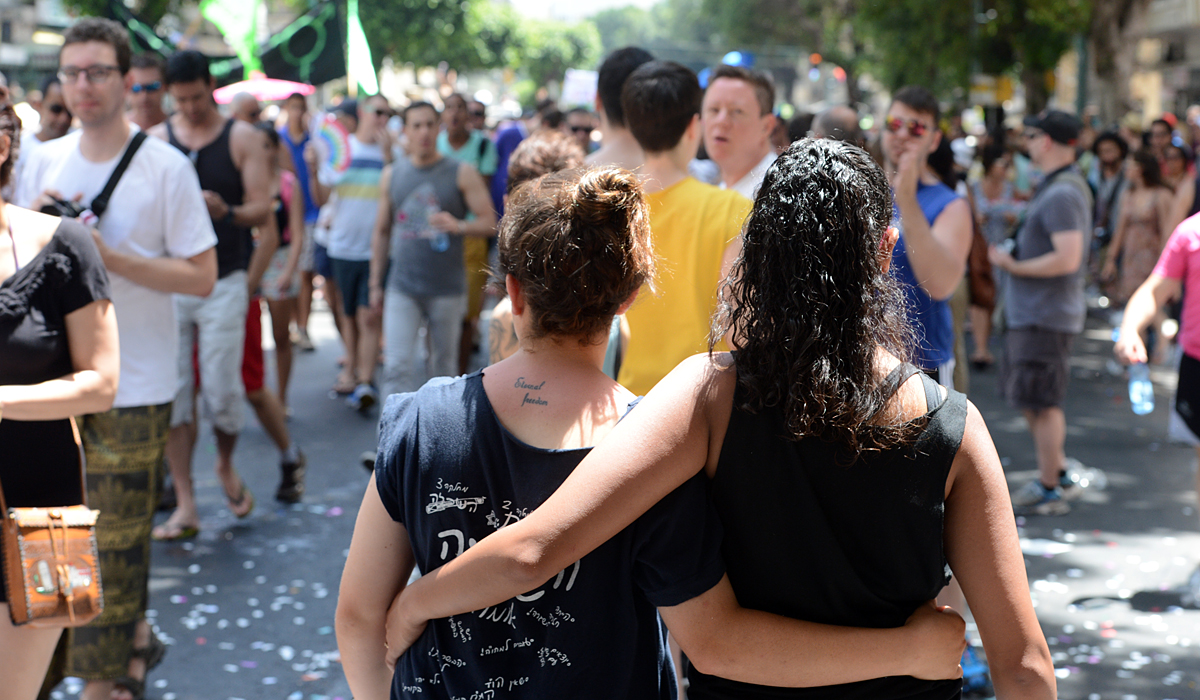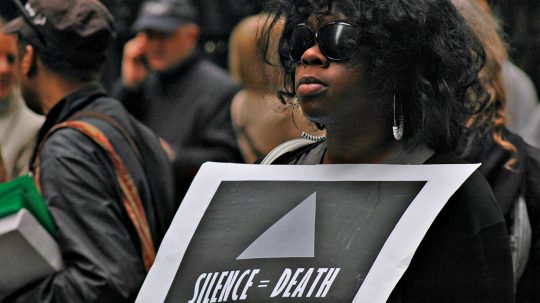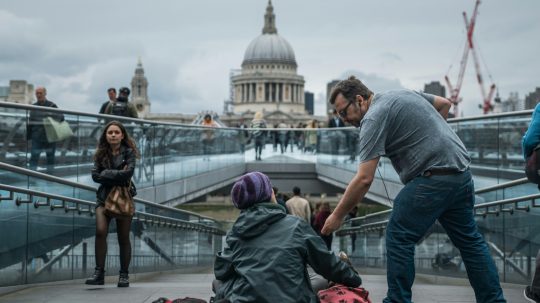Today is International Transgender Day Of Visibility. Earlier this week, we shared an Explainer on what it means to be transgender and how human rights protect transgender people. Today, we take a look at trans rights in the courts: a long and difficult journey to afford transgender people full legal recognition.
April Corbett’s case (decided: 1971)
Mr Arthur Corbett wanted to dissolve his marriage to Mrs April Corbett, a post-operative male-to-female transsexual. He argued that their marriage was invalid from the start because, legally, April Corbett’s sex remained male, despite her change of gender (and marriage required two people of the opposite sex).
The judge agreed. He created a medical test to determine April Corbett’s legal status. He concluded that ‘sex’ was “fixed at birth” and could “not be changed by medical or surgical means”. ‘Gender’, and the legal status it entailed, could change. But it was ‘sex’ that was determinative when it came to marriage. So, April and Arthur’s marriage was declared void.

Mark Rees (1986)
Mr Mark Rees was assigned female gender at birth, but he did not identify as female. In 1970, he received treatment for gender reassignment.
A birth certificate was required for certain formalities, such as applying for a passport, applying for certain types of work and enrolling at university. Mark wanted to alter his birth certificate in order to avoid having to present a certificate stating his sex as female when he lived as a man.
The European Court of Human Rights (ECHR) decided – 12 votes to 3 – that, in deference to the State, it could not find a violation of Mark Rees’ right to respect for his private life. The UK Parliament would have to pass detailed laws to change the position and it had not done so. But the Court said it would keep the matter under review.
Caroline Cossey (1990)
Caroline Cossey was registered as male at birth. Aged 16, she understood that she was psychologically female. In 1974, she underwent gender reassignment surgery. In the 1980s, she wanted to marry a man, but the law at the time held marriages between transsexuals and their partners void.
The ECHR took another look at the position of transgender people, but ultimately chose not to depart from its previous decision. However, this choice was made by 10 votes to 8 in respect of private life, and by 14 votes to 4 in respect of the right to marry. The consensus was beginning to shift.
One of the dissenting judges argued there were strong reasons for overruling the previous judgment. Many parliaments, such as Sweden, Germany and Italy, had changed their laws applying to transsexuals. The judge said the “refusal to reclassify the sex of a post-operative transsexual seems inconsistent with the principles of a society which expresses concern for the privacy and dignity of its citizens”.

Kristina Sheffield & Rachel Horsham (1998)
Kristina Sheffield and Rachel Horsham were both male-to-female transsexuals.
Kristina encountered many difficulties as a result of her transition. A judge ruled that Kristina should not be allowed to contact her daughter on the basis that contact with a transsexual would not be in the child’s best interests. She also experienced discrimination at work.
Rachel was so concerned about the consequences of being identified as a transsexual that she left the UK in 1971. She met a male partner abroad. They wanted to lead their married life in the UK but could not, in the eyes of the law, have a valid marriage in the UK.
This time, the ECHR was critical of the UK’s failure to take any steps to keep its laws under review in light of increasing social recognition of transsexualism and the difficulties such people encounter. But it again refused to find a violation of their rights to private and family life (this time, by 11 votes to 9).
Elizabeth and Michael Bellinger (2003)
Mrs Elizabeth Bellinger was classified as male at birth, but always felt more inclined to be female. She married Mr Michael Bellinger and they lived happily together as husband and wife.
Elizabeth and Michael wanted a declaration that their marriage was legally valid. But the House of Lords (the highest court in the UK at the time, now called the Supreme Court) said that recognition of gender reassignment for the purpose of marriage was a matter for Parliament, not the courts.
Fortunately, a change in the law was around the corner due to a decision of the European Court of Human Rights…

Christine Goodwin (2002)
Christine Goodwin, a male-to-female transsexual, brought the situation of transgender people in the UK back before the European Court of Human rights.
She was not eligible to draw a pension at age 60 (the pensionable age for women at the time). She felt unable to do things which would require her to present her birth certificate, such as obtaining the winter fuel allowance. She decided against reporting that £200 had been stolen from her, as this would require her to reveal her previous (male) identity.
The Court had had enough of the State’s inaction. As nothing had been done to rectify the unacceptably ambiguous legal status of transsexuals, the State could no longer claim the issue fell within its area of discretion. UK law was found to be in violation of Christine Goodwin’s right to respect for her private life.
As a result of Christine Goodwin’s case, the UK Parliament finally signed off the Gender Recognition Act 2004. This Act provides transsexual people with full recognition of their acquired sex in law for all purposes, including allowing them to obtain a new birth certificate and permitting them to marry members of the opposite sex.
Recognised at last, but there is more to do
It was a long and difficult journey for transgender people to gain full recognition in UK law. And that does not even take into account the prejudice and harassment which transgender people have faced in striving for social acceptance. Recent reports show that transgender people continue to suffer from the glacial pace of change in social attitudes.
Today, it is important to celebrate the achievement of trans rights and to remind ourselves that more must be done to support the social acceptance of transgender people.
You can read more about how human rights protect family and private life here and here, and learn more about the right to marry here. You can also read Christine Goodwin’s story in more detail here.







